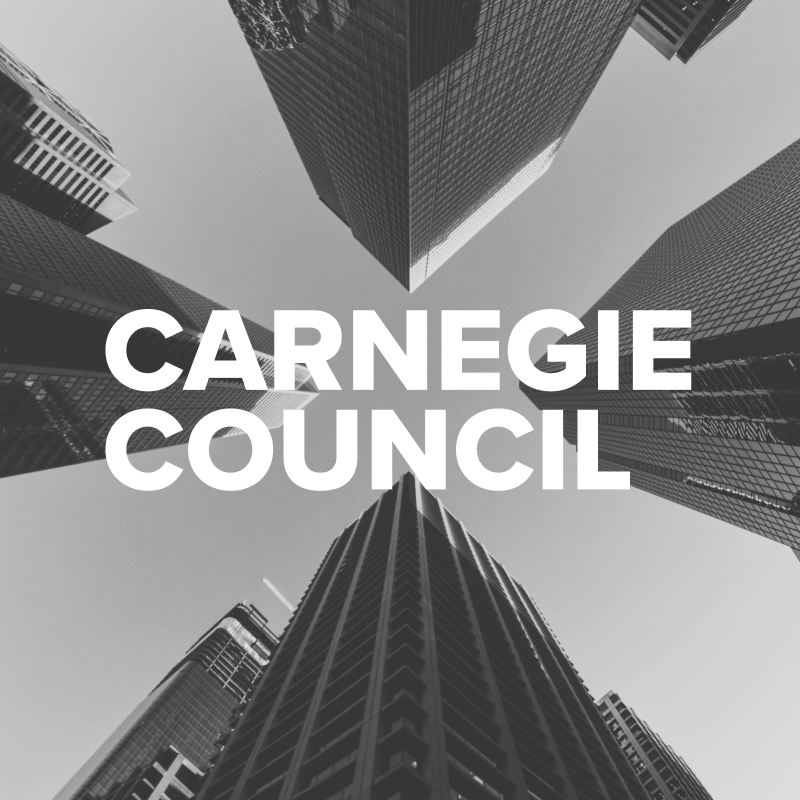巴黎协定》达成五年后,保罗-沃特金森(Paul Watkinson)接受了 "C2GTalk "的采访,以他长期的气候行动经验为基础,就下一步行动提出了一些个人看法。要实现《巴黎协定》的目标,即与工业化前水平相比,将升温幅度限制在远低于 1.5°C 的范围内,我们应该如何以及何时开始考虑可能需要大规模清除二氧化碳?世界可能需要哪些多边方法来管理太阳辐射变化?
This interview was recorded on November 17, 2020 and is available with interpretation into 中文, Español, and Français.
Five years since the Paris Agreement came to fruition, Paul Watkinson talks to C2GTalk to provide some personal reactions, drawing on his long experience of climate action, about what comes next. How and when do we start thinking about the large-scale carbon dioxide removal that may be needed to meet the Paris Agreement goal of limiting warming to well below 1.5°C compared to pre-industrial levels? What multilateral approaches might the world need to govern solar radiation modification?
Paul Watkinson has more than 20 years of experience in multilateral negotiations and action on climate and sustainable development issues. He served for many years as chief negotiator of France on international climate change issues. In particular, he was a member of the steering committee of COP21, heading the climate negotiating team and contributing to the development of the Paris Agreement.
He was chair of the Subsidiary Body for Scientific and Technological Advice (SBSTA) of the UN Framework Convention on Climate Change (UNFCCC) for 2018 and 2019 and a member of the bureau of the COP for those two years. As such, he worked closely with the other presiding officers to put together the package of decisions adopted in Katowice in December 2018 that constitute the rulebook of the Paris Agreement as well as other decisions and conclusions to implement the Convention and the Kyoto Protocol. He worked closely with the Intergovernmental Panel on Climate Change to ensure that the best available science could be used by parties in their work under the UNFCCC and also ensure a closer cooperation in multilateral work to tackle climate change and biodiversity. From 2009 until 2013 he was one of the lead negotiators of the European Union in the multilateral climate negotiations.
For more, including an edited transcript, please go to C2G's website.





